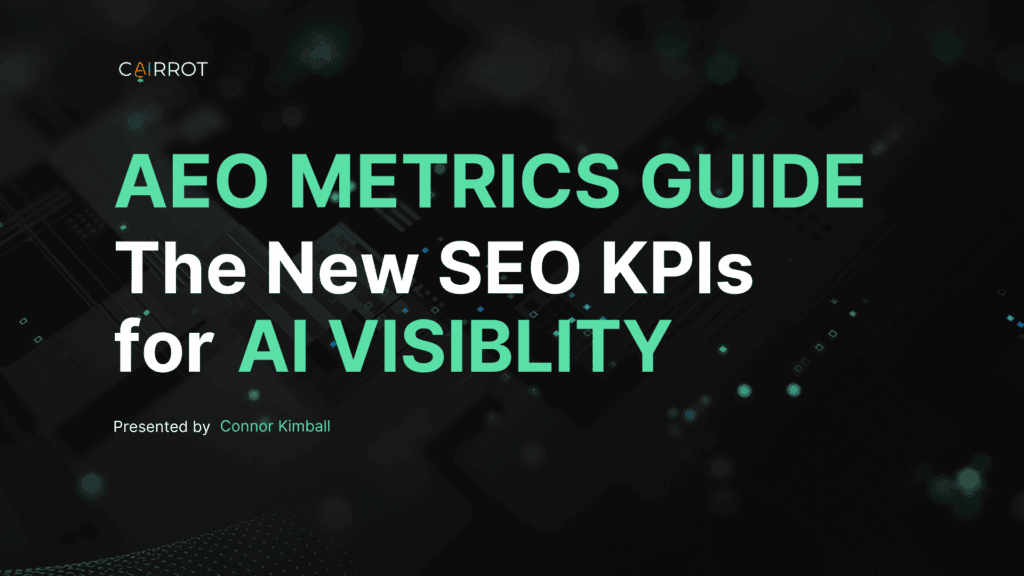
AEO Metrics: New SEO KPIs for AI Visibility
As AI search becomes a normal part of how people find information, traditional SEO metrics like keyword rankings and backlinks only tell part of the story. Answer Engine Optimization (AEO) focuses on how visible your brand is inside conversational answers from tools like ChatGPT, Gemini, Perplexity, Claude, and Grok.
The Most Important AEO KPIs
To measure performance in this new search environment, there are three new metrics every SEO should be tracking now:
- AI Traffic: Visitors who reach your website directly from citations in AI-generated answers.
- LLM Impressions (Crawl Logs): The number of times AI engines crawl or index your web pages.
- Brand Visibility / Share of Voice: How often your brand appears or is cited in AI search responses compared to competitors.
These metrics form the foundation of AI visibility. They show how often AI tools see, cite, and send users to your website.
AI Traffic
AI Traffic refers to visitors who arrive at your site through a citation inside an AI model’s response. It’s similar to “organic traffic” in SEO, but it comes from large language models instead of search engines.
When someone asks a generative AI tool for recommendations, the model may list or link to several relevant brands. Any click from those links counts as AI Traffic.
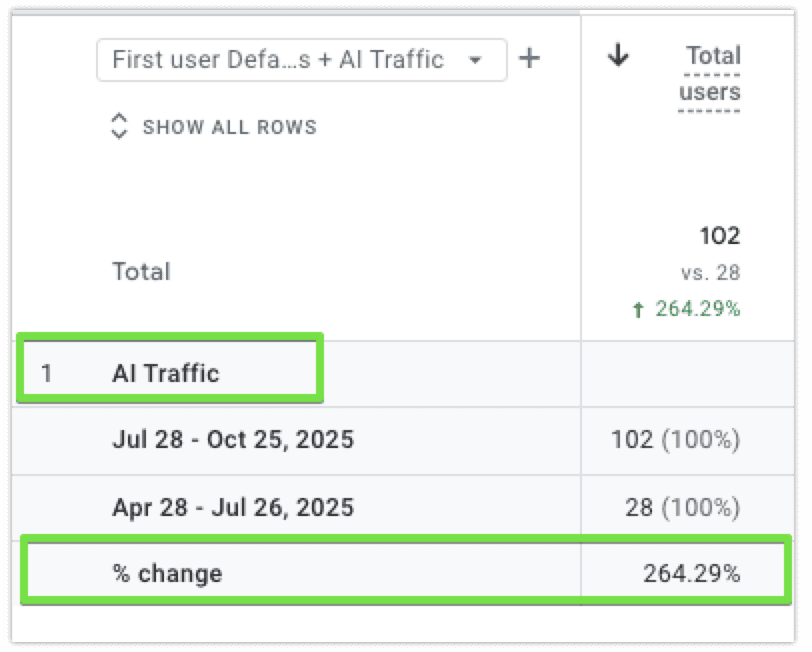
Example
A user asks ChatGPT:
“What are the best AI SEO agencies for SaaS companies?”
ChatGPT responds with a list of five agencies, each with a link. If your website appears in that list and the user clicks through, that session counts as AI Traffic.
Tracking this metric shows which AI platforms are actively sending visitors to your site and helps measure whether your AEO strategy is producing real engagement.
When someone asks a generative AI tool for recommendations, the model may list or link to several relevant brands. Any click from those links counts as AI Traffic.
How to Track AI Traffic in GA4
Tracking referral traffic from AI tools like ChatGPT is actually really easy. Setting up a custom channel group so you can easily compare AI traffic to traditional channels like Organic Search is actually quick and easy. Here are the steps:
- In your GA4, go to Admin -> Custom Channel Groups
- Clone your Default Channel Group
- Add a new channel source, label it AI Traffic
- Set the condition to contains regex and paste the following text: (chatgpt|openai|anthropic|deepseek|grok).com|(gemini|bard).google.com|(perplexity|claude).ai|(copilot.microsoft|edgeservices.bing).com|edge\scopilot
- Save, click Reorder, move AI traffic next to Organic Search
You can now see referral traffic from every LLM source categorized under AI Traffic.
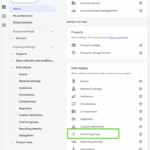
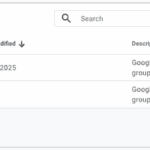
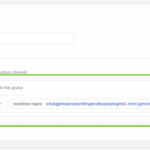
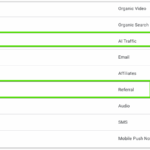
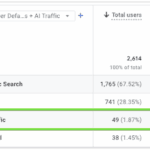
LLM Crawl Logs
Every AI engine, including ChatGPT, Gemini, Claude, and Perplexity, uses automated crawlers to scan websites for new information. Tracking LLM crawls means monitoring when these AI crawlers visit your website, how frequently they do, and which pages attract the most attention.
Why Tracking LLM Crawls Matters
Monitoring LLM crawl activity helps you understand your visibility inside AI ecosystems.
If AI crawlers never visit your website, your content is likely missing from AI-generated results.
If they visit frequently, it’s a strong indicator that your content is being considered for use in answers or summaries across AI search platforms.
Consistent AI crawl activity suggests that your website:
- Is technically accessible to AI bots: meaning your site structure and settings allow AI crawlers to gather your content.
- Produces relevant or authoritative information: signaling to AI systems that your content fits user intent.
- Has growing visibility potential: since frequent crawls often occur before your site starts appearing as a cited source in AI answers.
LLM crawl frequency acts as an early indicator of your AI visibility trajectory.
How to Track When LLMs Crawl Your Website(s)
The great Jori Ford (Chicago SEO Pro) was one of the first SEO leaders to start teaching other marketers how to track crawls from LLM agents. Her presentation from SEO Week 2025 illustrates how organizations can manually set up LLM crawl tracking.
However, tracking LLM crawlers can be difficult for larger organizations because it requires server-side access and custom log analysis. IT security policies often limit this access.
The manual option is to build a crawl log that records any visits from AI bots such as “ChatGPTBot,” “ClaudeBot,” “Gemini-Crawler,” or “PerplexityAI.” However, this process can be time-consuming and requires technical setup.
A faster and simpler option is to use a free LLM Crawl Logger, like Cairrot’s WordPress plugin. You can install the plugin, connect your Cairrot account, and skip the paid upgrade if you’re not ready. The free version automatically logs AI crawler activity on your site and shows which models visit your pages and how often.
Here are the steps to track LLM crawls for free on WordPress websites:
- Set up a Cairrot account
- After setup, skip the paid plans and navigate to Crawl Monitor
- Download the Cairrot WordPress Plugin and install to your website
- Validate your API key
- You can now monitor crawls from AI agents in your Cairrot dashboard, totally free.
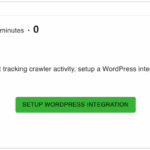
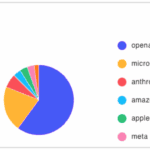
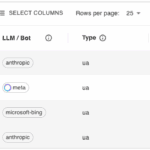
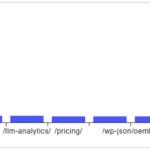
Brand Visibility (Share of Voice)
Brand visibility, also known as Share of Voice, measures how often your brand is mentioned, cited, or linked inside AI search results compared to your competitors.
It’s one of the clearest indicators of whether your brand is actually winning in AI search. Instead of tracking keyword rankings like traditional SEO, AEO measures how frequently AI models reference your brand in their responses to user prompts.
When you appear often, especially in recommendation-style or comparison queries, it signals that AI systems recognize your brand as relevant and trustworthy in your industry.
Example of a Brand Visibility KPI
Let’s say your company is tracking the prompt:
“What are the best CRM platforms for small businesses?”
If ChatGPT, Gemini, and Perplexity mention your brand three out of ten times across multiple test queries, and competitors like HubSpot or Zoho appear five times, your Share of Voice is roughly 30% in that query category.
Over time, marketers can monitor how that percentage changes as they publish new content, improve their authority, and get cited more frequently by AI tools.
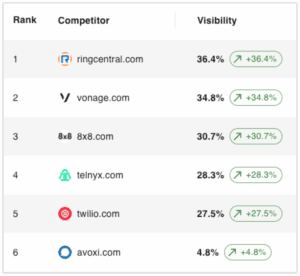
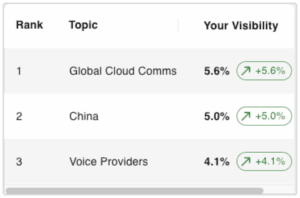
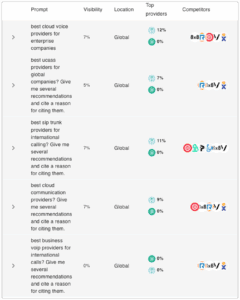
How to Track Brand Visibility in AI Search
There is no universal analytics dashboard that shows AI Share of Voice yet. The only practical way to measure it is with specialized AI visibility tracking tools.
Several platforms now provide insights into which AI engines mention or link to your site, how often they do it, and in what types of queries your brand appears.
One of the most affordable and accessible tools is Cairrot — designed specifically for marketers, agencies, and WordPress users who want AI visibility tracking without enterprise pricing. Cairrot delivers up to 90% of the functionality of major platforms like Profound and Scrunch AI, but at a fraction of the cost.
- Cairrot: Paid plans starting at $39.99 per month.
- Profound: Starts at $99.99 per month.
- Scrunch AI: Starts around $299.99 per month.
- AthenaHQ: Starts at $249.99 per month.
Cairrot is also one of the only tools offering Grok rank tracking, making it a practical choice for businesses that want early visibility data across the newest AI platforms.
Other AEO Metrics That Are Helpful, But Not Directly Tied to Revenue
While AI Traffic, LLM Impressions, and Brand Visibility are the core revenue-driving metrics of AEO, there are several supporting metrics that help you understand your overall AI search performance and readiness. These metrics are not as directly tied to conversions, but they influence how visible and authoritative your brand becomes in AI search over time.
The most useful secondary metrics include:
- AI Readiness: A measure of how accessible and optimized your website is for AI crawlers and model indexing.
- Number of Impressions in Google / Bing: A visibility signal that shows how often your content appears in traditional search results, which often correlates with AI awareness.
- Unbranded Keywords: The share of keywords you rank for that do not include your company’s name or branded terms.
- Commercial and Transactional Keywords: The percentage of your total keyword footprint that targets purchase-ready intent.
AI Readiness
AI Readiness is Cairrot’s proprietary scoring formula for judging how optimized a website is for AI visibility. As you follow the instructions to improve your AI Readiness, your website will naturally pick up more traffic and visibility from LLM tools like ChatGPT, Gemini, and Grok.
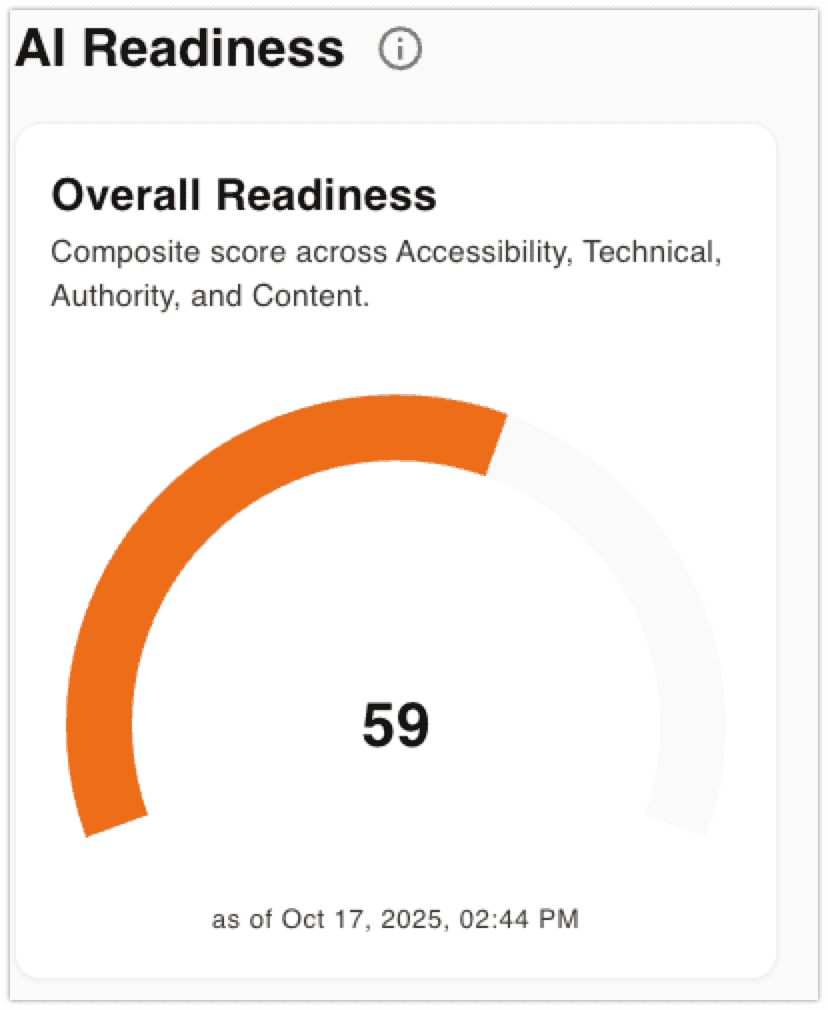
Unbranded Keyword Ratio
Your Unbranded Keyword Ratio measures how much of your organic visibility comes from non-branded searches.
A low percentage of unbranded keywords means your content is primarily being discovered by people who already know your brand. This limits your exposure to new audiences and reduces the chances of being cited by AI tools.
As you begin ranking for more unbranded terms in Google or Bing, you’ll notice a gradual increase in AI citations and AI Traffic. This happens because large language models tend to pull from websites that already perform well for broad, topic-related queries, not just branded ones.
Unbranded keywords act as a bridge between traditional search visibility and AI visibility.
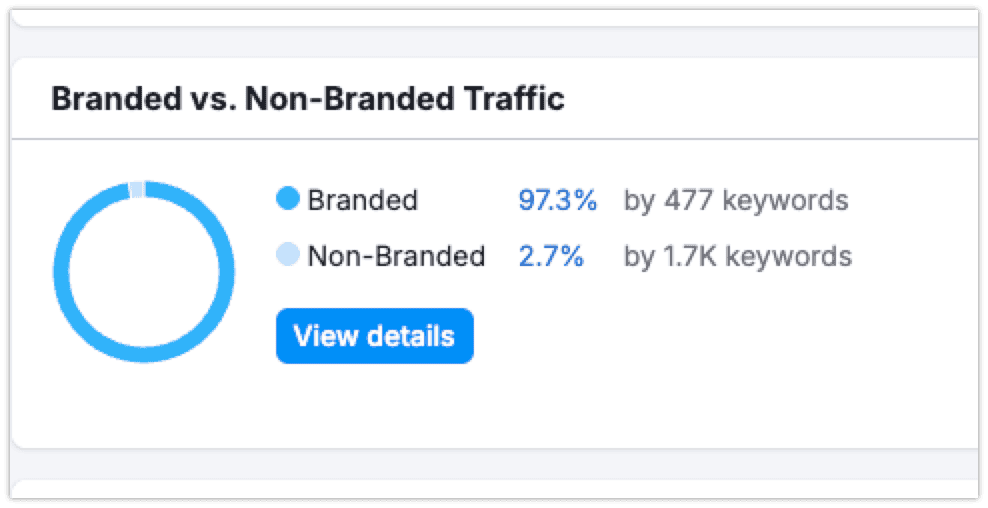
Commercial and Transactional Keyword Ratios
Commercial and transactional keywords are the terms people search when they are close to making a purchase or requesting a service. These include phrases like “best software for,” “pricing comparison,” or “top-rated solutions.”
Content built around these terms tends to deliver higher-quality leads and revenue opportunities.
Informational keywords used to drive high traffic volumes but low conversion value. After 2025, that dynamic changed. AI Overviews, summaries, and conversational results now dominate informational queries, reducing the amount of web traffic they send to publishers.
Prioritizing commercial and transactional topics helps ensure your site remains visible and profitable, even as AI tools absorb more informational searches.
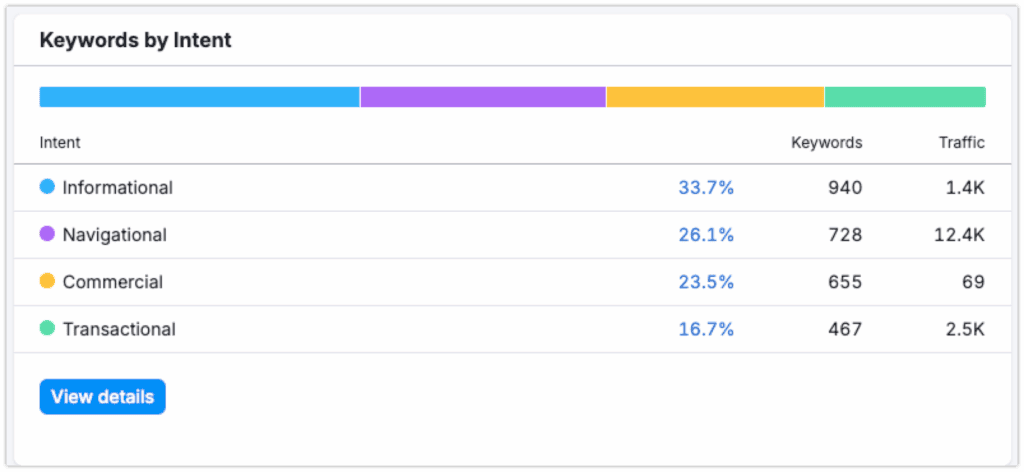
Change in Impressions
When you optimize content to rank for new unbranded keywords, you’ll typically notice a change in impressions before any increase in actual traffic.
A spike in impressions often signals that Google, Bing, or AI crawlers have started associating your page with a broader range of search terms. That early rise is a positive indicator: it means your visibility footprint is expanding, and you can expect AI platforms like ChatGPT, Gemini, and Grok to start citing your updated content more often.
Monitoring these early shifts helps you confirm that your optimizations are moving in the right direction, even before user sessions start increasing.
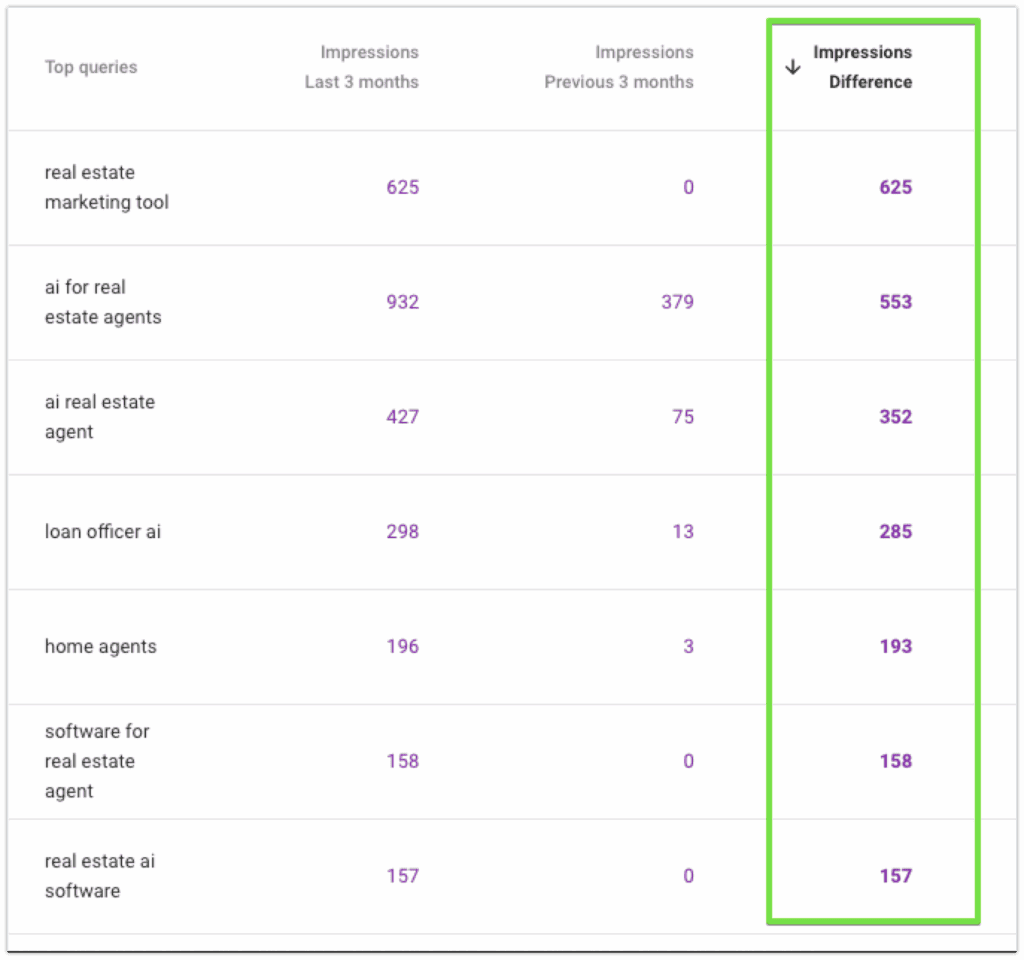
Example of an AEO Metrics Scorecard
Metric | Current Month | Previous Month | % Change | Notes |
AI Traffic | 1,240 sessions | 880 sessions | +41% | Strong growth from ChatGPT and Perplexity referrals |
LLM Impressions | 310 crawls | 260 crawls | +19% | Gemini crawler activity increased significantly |
Brand Visibility (Share of Voice) | 28% | 22% | +6 pts | Increased citations for SaaS-related prompts |
Unbranded Keyword Ratio | 63% | 59% | +4 pts | Improved keyword diversity from recent content updates |
Commercial Keyword Ratio | 42% | 40% | +2 pts | New landing pages driving stronger purchase intent |
Average Page Impressions (Google + AI) | 14,200 | 11,800 | +20% | Higher visibility after site speed improvements |
Best Tools for Tracking AEO & AI Visiblity
As AEO grows, more tools are being developed to help marketers measure and improve AI visibility. While traditional SEO platforms like SEMrush or Ahrefs still matter, specialized AI visibility tools are emerging to track traffic, crawl activity, and citations inside AI search engines.
Below is a comparison of the most useful tools for tracking AEO metrics:
Tool | Best For | Description | Starting Price |
Cairrot | WordPress users, marketing agencies, and small to mid-sized businesses | An affordable AI visibility platform that tracks LLM crawls, AI citations, and Share of Voice across 20+ AI search tools. One of the only tools offering Grok and DeepSeek tracking. Integrates easily with WordPress and Cloudflare. | Free option for WordPress Plugin users, paid plans start at $39.99/month |
Scrunch AI | High-end marketing agencies with enterprise budgets | A premium AI analytics platform with deep prompt monitoring, AI model visibility scoring, and high-volume crawl reporting. Ideal for agencies managing large enterprise clients. | $299.99/month |
Peec AI | Multilingual content teams | Offers strong support for multi-language AI visibility and cross-region tracking. Useful for international SEO and AEO teams managing multiple markets. | $79.99/month |
Profound | Large brands with single, high-traffic domains | Built for big sites that want deep tracking and reporting. Includes AI citation history, LLM crawl monitoring, and brand sentiment metrics. | $99.99/month |
SEMrush AI Toolkit | New users learning both SEO and AEO | Adds AI visibility data to the familiar SEMrush interface. A great starting point for marketers transitioning from SEO to AEO. Best for brands already using SEMrush for research. | Included with SEMrush’s paid plans (starts around $129.95/month) |
Choosing the Right Tool
- For affordability and full coverage: Cairrot provides the best value and easiest setup for agencies or marketers who want real data without enterprise pricing.
- For enterprise-scale tracking: Scrunch AI and Profound are better suited for large teams that need high-frequency crawl monitoring and historical data.
- For multilingual visibility: Peec AI stands out for brands publishing in multiple languages or regions.
- For beginners with budget: SEMrush AI Toolkit is a smooth entry point for marketers looking to learn AEO while building on existing SEO data.
Track & Improve the Most Important Metrics for Answer Engine Optimization
Scan your website for AI search optimizations and start tracking AEO metrics with Cairrot. Enjoy a free trial of a paid plan or opt to track crawls from LLMs for free via WordPress plugin.
Author
-

Connor Kimball is an SEO and AEO expert specializing in organic growth strategies for SaaS, ecommerce, industrial, legal, and finance companies. He is the founder of Cairrot and still maintains an active roster of clients. He shares data studies, field observations, and useful guides for marketers looking to improve their visibility in AI search engines.
